Just how important is Instagram marketing anyway? Many marketers who use Instagram for personal purposes, don’t quite see the full potential of the platform in brand marketing.
This guide is an attempt to provide perspective into Instagram’s marketing potential, discuss Instagram lingo and help social media managers and business owners create a fully-functional Instagram marketing plan. Before we delve into the details, here’s an overview of the guide.
I. Why invest in Instagram for marketing?
II. What a successful brand profile has & how you can create one
III. How to create an Instagram marketing strategy
IV. Instagram demographics – Which of your target groups should define your Instagram marketing?
V. Influencer marketing on Instagram
VI. Instagram Stories
VII. Instagram contests
VIII. How to create a content strategy for Instagram
IX. How often and when to post
X. How to grow your follower count & increase post engagement
I. Why invest in Instagram for marketing?
It has been 8 short years since Instagram was launched, and since then the social media platform has expanded its user base and engagement by an impressive amount. Here are a few stats to summarize Instagram’s potential as a social media marketing platform.
1. Instagram has 800 million MAU (Monthly Active Users) and over 2 million advertisers, clearly a sign of the platforms marketing potential.
2. Your audience engagement rate could be 15 times more on Instagram than on Facebook and 20 times more on Instagram than on Twitter.
3. Brands on Instagram with a following of greater than 100K can grow by over 100%biannually.
4. 75% of Instagram users who view brand posts act on the information in them.
Now that you’re convinced about investing in Instagram marketing, it’s time to discuss how you can get started. The next section focuses on how you can create an Instagram profile for your brand.
II. What a successful brand profile has & how you can create one
A brand’s Instagram profile acts like a homepage, gives space to include important information and holds the potential to drive traffic back to a website. That’s why your Instagram profile should be optimized for the best results in each of those areas.
Your Instagram bio
What should a brand’s Instagram bio contain? A bio is professional but personal, and should contain only what is truly representative of your brand. Here are a few examples of how brands have crafted their bios. As you will notice, some of them contain custom hashtags. This strategy makes sense only for large brands, who already have tons of people conversing about them.
AirBnB’s bio describes what they do and what you followers can expect to see on their profile, which sets the expectation for people who follow you.
Lorna Jane’s bio describes what her brand is about and invites followers to participate in a conversation, which is likely to increase social media engagement.
In addition to describing the brand’s focus, LetterFolk’s Instagram bio also includes a mention of the people behind the brand, which makes the brand appear more human and approachable.
Your Instagram profile picture
Your profile picture is what everyone will see when they arrive on your page and when they view your comments anywhere in Instagram. That’s why it’s important to –
Choose a memorable profile picture – something that’s representative of your brand and intriguing/thought-provoking, so people will remember it.
Pick a profile picture that’s consistent with all of your social accounts – the same people are likely to follow you across multiple platforms and consistency will affect recognition.
Pick a profile picture that’s consistent with all of your social accounts – the same people are likely to follow you across multiple platforms and consistency will affect recognition.
Your Instagram URL
There’s only one link that you can ever share on Instagram, and it goes in your profile, so your choice is critical. Most businesses display their website homepage link here, but this space can also be used to send traffic back to landing pages created for campaigns, contests or top converting blog posts.
WeWork’s bio features the link to an awards page for an ongoing contest.
FinFolk’s page links to a FundRaiser.
Shiseido’s Instagram profile advertises their YouTube page.
Now that you’ve figured out what your profile needs to have it’s time to move on to creating an Instagram marketing strategy.
III. How to create an Instagram marketing strategy
The first step is deciding your Instagram marketing goals. Why are you on Instagram? What do you wish to accomplish from Instagram marketing?
Setting goals will help you create a more effective strategy and achieve desired results. Here’s a list of goals that many brands chase on Instagram.
1. Community building – Since Instagram is great for audience engagement, it’s the perfect place to build a community of customers and fans.
2. Increasing brand awareness – Instagram’s visual platform makes it easy to build awareness about your brand and its products.
3. Showcasing products and services – Several brands are using Instagram to showcase their products, visuals, in the right context, to seduce their target audience.
2. Increasing brand awareness – Instagram’s visual platform makes it easy to build awareness about your brand and its products.
3. Showcasing products and services – Several brands are using Instagram to showcase their products, visuals, in the right context, to seduce their target audience.
Apart from these goals, brands also use Instagram marketing to share company culture, increase brand appeal and loyalty, and share company news and updates.
Once you are decided on goals, it’s time to create the right content that can advance those goals. An important part of this step is understanding who makes up your target audience.
IV. Instagram demographics – Which of your target groups should define your Instagram marketing?
The success of marketing depends on the relevance and timeliness of messages, and demographics can give you insights into how to create such messages.
Here’s an insight into what the Pew Research Group has discovered about Instagram demographics.
If your target audience is primarily female and young, Instagram marketing could be your primary source of audience engagement. Regardless of who your audience is, you can find and engage small target groups of them on Instagram.
The best part of social media is that once your get certain people on a social media platform, their friends are likely to follow. You simply need to engage the micro-influencers in friend circles, and you could create a community of loyal followers and customers to engage with on Instagram.
Once you know who your target groups on Instagram are, it’s time to identify influencers who can give you access to these groups more easily and effectively.
V. Influencer marketing on Instagram
As per Instagram’s 2016 algorithm update, posts with more engagement appear on the top of users’ feeds, as opposed to posts that were published first.
And that’s where influencer marketing comes in. Influencers can not only help you reach more fans, but also help you get more attention and engagement for your marketing messages.
To run a successful influencer marketing program on Instagram, follow this process –
1. Conduct enough research.
There’s a lot you can learn from analysing other brands and their marketing activities. By using a tool like Whalar Labs, you can compare your brand’s Instagram page to up to three others for factors like engagement rate, comment rate and frequency of posts. And based on numbers, you can decide on what works and doesn’t with respect to content.
2. Draft a clear brief.
Once you have a sense of what works and doesn’t with marketing content, it’s important to create a brief that can convey to influencers your standards for content. While it is important to set solid rules to follow, you should also allow influencers creative leeway so they can create genuine and engaging campaigns for you.
3. Find the right influencer.
Instagram has an interesting mix of influencers, covering a wide range of niches. The idea is to find the influencer who has a following of your target groups. The right influencer also feels relatable to your audience and can influence their decisions.
4. Create a framework for collaboration.
Once you have narrowed down on an influencer, it’s time to set up a collaboration process that works. How will you communicate? What will the timeframe on each campaign be? What content usage rights do you expect them to provide you with? How much will you pay them for creating and managing campaigns?
5. Focus on extensive distribution.
Influencer content can be maximized by publishing it across platforms. Many brands publish content on their product page, using apps like TagTray.
You could also use the content in Facebook ads, or share it on other social media networks. Embedding Instagram posts not only adds social proof, but also increases engagement and conversions in the long run.
Now that you have an idea of how you can create far-reaching content on Instagram, it’s time to explore the specific features the social media platform has to offer.
VI. Instagram Stories
In late 2016, Instagram launched a new type of content – Instagram stories – which disappears 24 hrs after you publish it. To create stories on Instagram, you need to click on the “+” button or swipe left on the dashboard, to enter the “stories” camera.
Once you have posted stories, you can view how many people and who have viewed each story.
How brands can use Instagram stories
First, why use Instagram stories?
Instagram stories has over 300 million users, surpassing SnapChat which originally introduced the story feature. And 33% of the most viewed Instagram stories are from brands. Plus, 1 in every 5 organic stories receives a direct message, which is a great deal of engagement (20%).
Brands can use Instagram stories in so many ways. Here are a few.
1. Promotions for products, product launches and events.
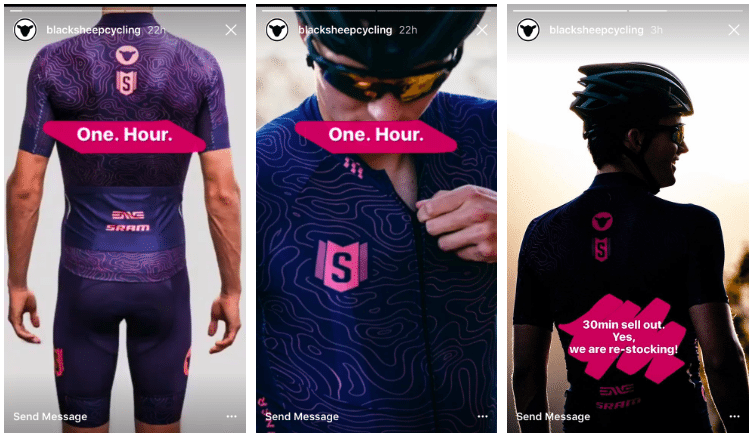
2. Interviews and host Instagram takeovers. (A host Instagram takeover is where a designated host takes over a brand account and shares content with their followers.
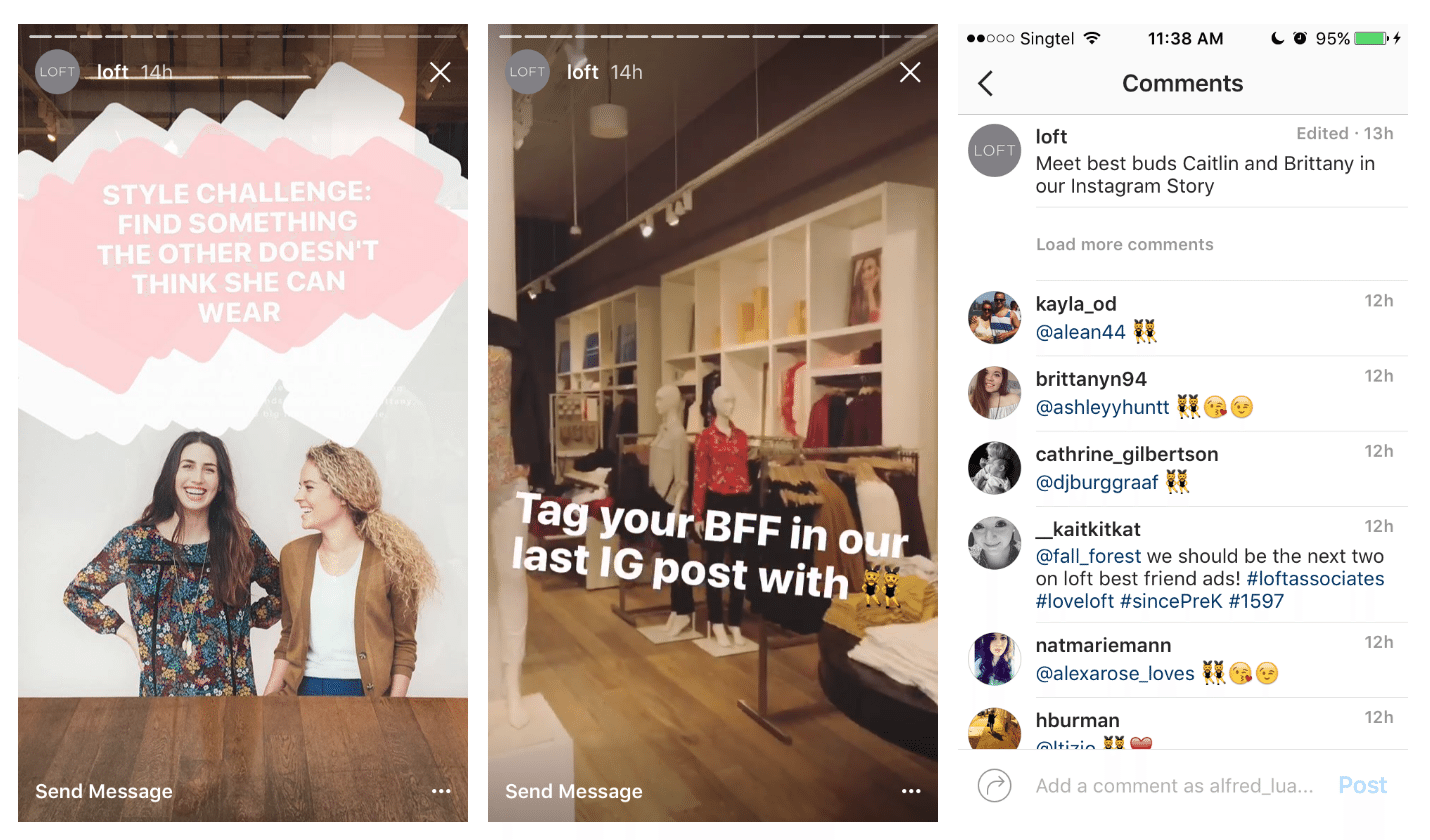
3. Behind the scenes at work and events.
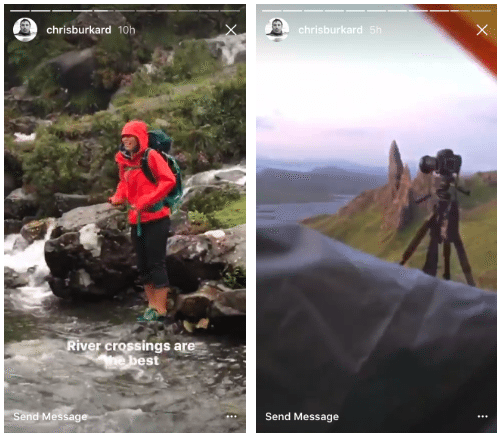
4. News and information sharing.
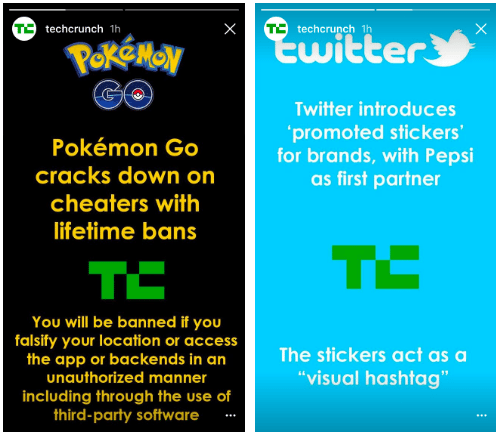

2. Interviews and host Instagram takeovers. (A host Instagram takeover is where a designated host takes over a brand account and shares content with their followers.

3. Behind the scenes at work and events.

4. News and information sharing.

Apart from using Instagram to promote products, share behind-the-scenes pictures and interviews, some brands also use the platform to conduct contests.
VII. Instagram contests
Instagram is a great platform for running contests because of its visual nature and its high rates of engagement. However, before you decide to run a contest on Instagram, it’s important to review the guidelines –
1. Don’t randomly tag content or users, and don’t encourage other users to do the same.
2. Clearly declare that Instagram won’t support, moderate or sponsor the contest in anyway.
3. Take lawful responsibility of the rules and restrictions that your contest includes.
2. Clearly declare that Instagram won’t support, moderate or sponsor the contest in anyway.
3. Take lawful responsibility of the rules and restrictions that your contest includes.
Once you have considered the guidelines, it’s time to create a fun and engaging contest that your fans might want to participate in. The simplest way to do so is by picking from the popular contest types. Here are a few –
You could choose one of the above types or run with a combination of them.
Once you have considered contests, it’s time to work on your daily content posting schedule.
VIII. How to create a content strategy for Instagram
There are certain key factors to focus on when deciding what to post regularly on your Instagram account, such as –
Style and color palette
Since Instagram is primarily visual, it pays to decide on a style and stick to it through your all of your posts, because consistency in your profile is important to appear professional and classy.
To create that consistency, you can come up with a style guide, for your content creators to follow. The style guide has to include preferred font styles, color palettes and filters you would like to use. You could even design a couple of post layouts to work with when creating daily posts.
To create that consistency, you can come up with a style guide, for your content creators to follow. The style guide has to include preferred font styles, color palettes and filters you would like to use. You could even design a couple of post layouts to work with when creating daily posts.
Captions and hashtags
Instagram captions are usually under 2,200 words, and brands have to work with that space to make an impact on their viewers. Further, every post’s text is only visible for the first three lines, after which the para is cropped into three ellipses to maintain the text:visual ratio.
Captions can be used to enhance any image by adding micro tales or thought-provoking one-liners. But remember, this is where your personality comes through, so you have to be careful about what you decide to say.
Hashtags are used by Instagrammers to discover new content and accounts to follow. The right hashtags can help your potential followers discover your account, so it’s very important to be choosy about the hashtags that you use on your posts.
Post composition
Finally, you have to decide what makes your posts and how to present them. Set a few composition rules, so you can create a great overall Instagram presence.
1. Choose a few background colors to work with
2. Decide the subjects of your photographs – employees, partners, customers, products, etc.
3. Finally, choose what tone you want to maintain on your posts – serious and informative, instructional, humorous or sassy.
2. Decide the subjects of your photographs – employees, partners, customers, products, etc.
3. Finally, choose what tone you want to maintain on your posts – serious and informative, instructional, humorous or sassy.
IX. How often and when to post
How do you figure out what the best frequency is for posting on Instagram? And what times are best for publishing your Instagram posts? A consistent publishing schedule can help with building consistent engagement, because your followers will know when they can expect you to post content.
When to post on Instagram?
Create a publishing schedule calculator test. Schedule the same post on different times on different days and see which time on which day gets the most engagement.
Schedule your most important posts on those days and spread the rest of your posts through the rest of your week.
How often to post on Instagram?
According to a Union Metric study, brands post on Instagram daily. It’s not easy to publish content everyday, but you can effortlessly manage consistent posting using recycled best posts, curated posts and a social media management tool to schedule content in advance.
DrumUp just introduced Instagram management, and you can use the app to schedule reminders to accurately post your content.
X. How to grow your follower count & increase post engagement
Once you have created a solid Instagram presence, it’s time to focus on growing your follower count and engagement. Here are a couple of tips that can help you get started –
1. Use more UCG
User Generated Content is especially easy to curate on Instagram because your fans are already posting their organic content. Using already uploaded posts on Instagram, you can create a vibrant and engaging community around your brand.
If you’re running contests on Instagram, it’s even easier to curate UGC.
2. Share Instagram posts to Facebook
Another way of increasing reach and engagement for your Instagram posts is by automatically sharing them on Facebook. Doing this will help you engage both your Facebook and Instagram communities in one go, and a study has proved that images shared from Instagram to Facebook get more engagement in general.
3. Include more faces on your posts
A study by Georgia Tech has proven that images with faces get 38% more likes and 32% more comments. To increase engagement on your posts, simply share more posts with faces in them.
The faces could be of your customers, employees or partners, and the more people you include the more excitement you automatically create around your posts.
4. Use Instagram analytics to measure and improve performance
Both SimplyMeasured and Socialbakers are good tools to use to measure your brand’s engagement on Instagram.
Use the insights you get via these tools to assess the success of your content strategy, so you can refine it and improve your Instagram marketing performance.
Wrap
Instagram is has become an inevitable part of any brand’s social media marketing, and if you haven’t used the platform yet, it’s time to get started. This guide gives you everything you need to create a content plan for Instagram and begin your marketing.
Photo by Erik Lucatero on Unsplash





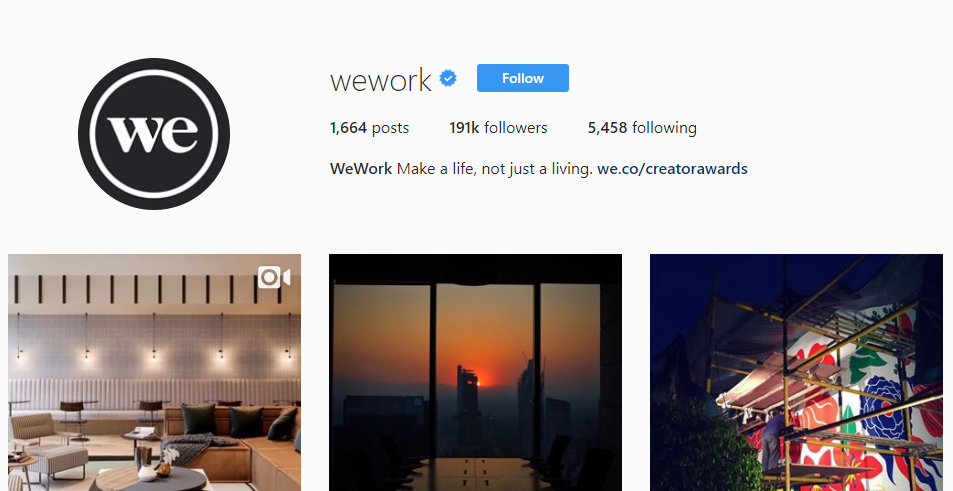
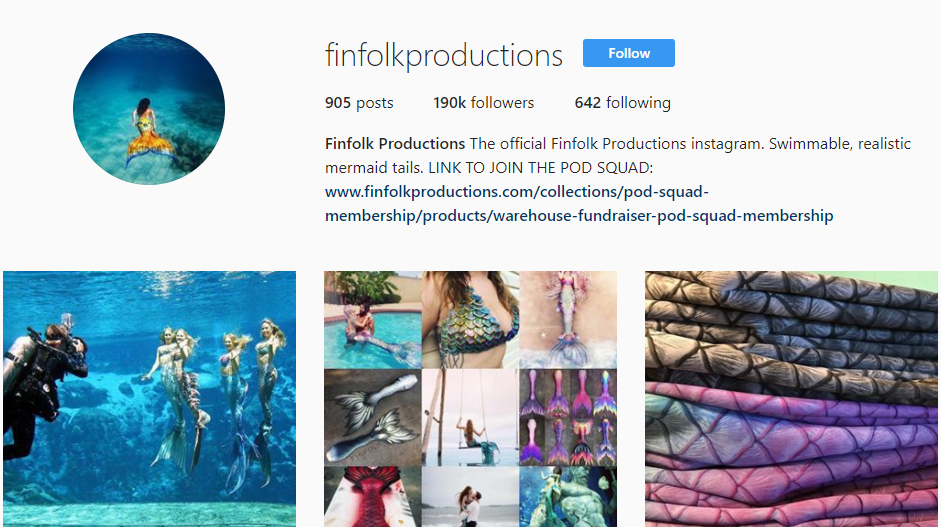
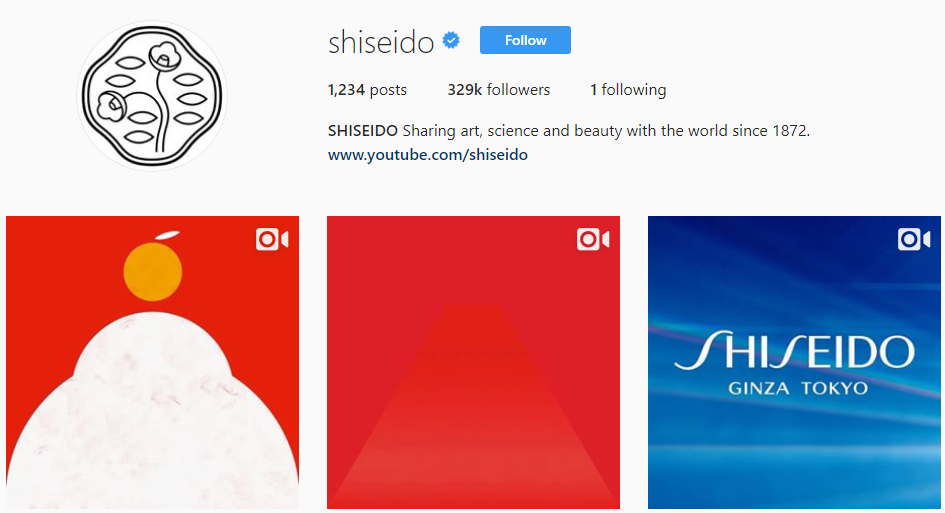
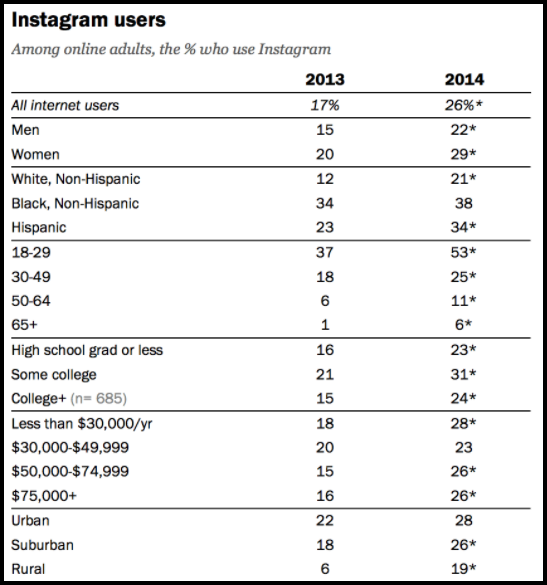


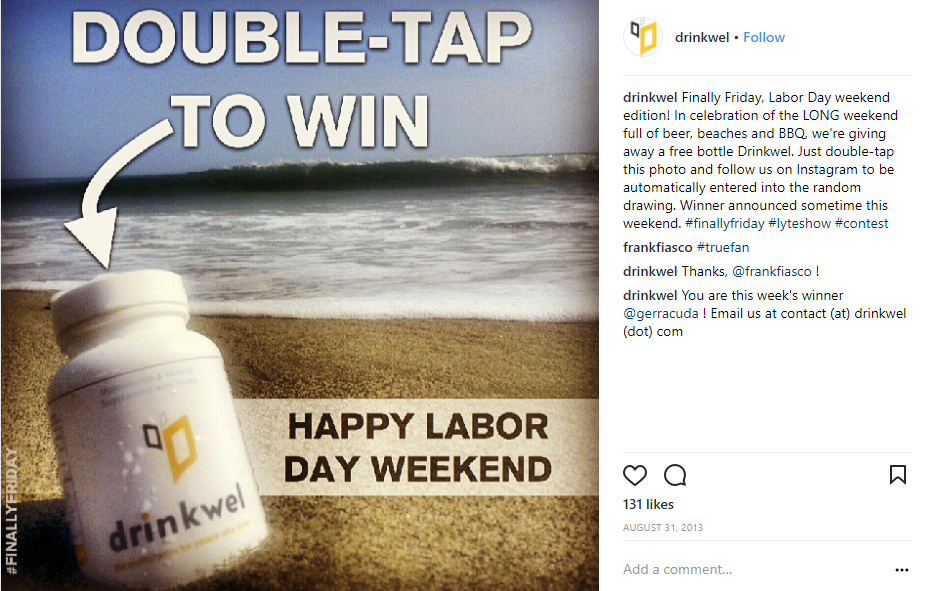
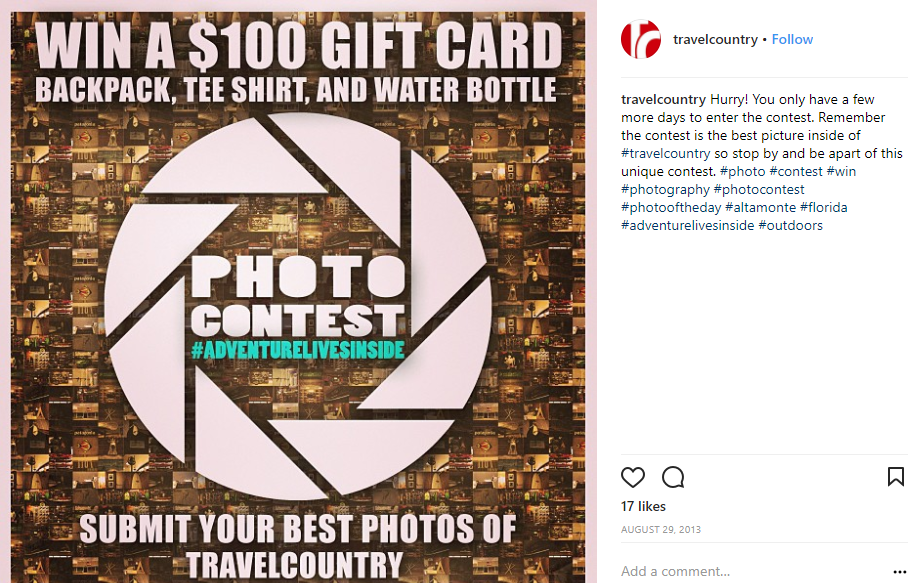


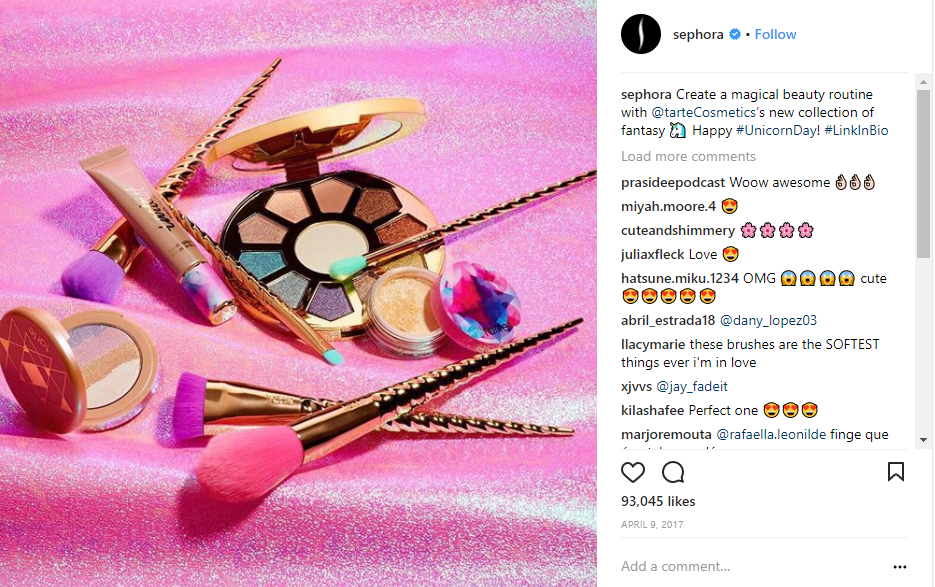
No comments:
Post a Comment